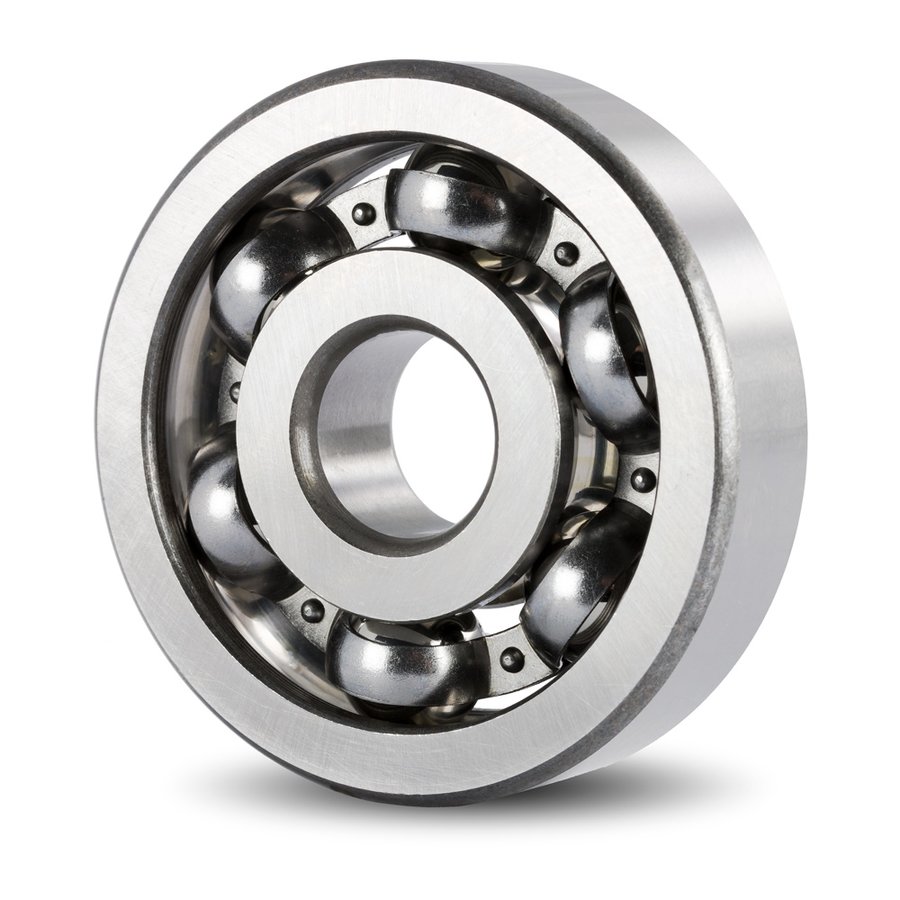Much like a heart in a human body, the compressor circulates the system’s lifeblood, in this case the refrigerant, that is vital to the proper operation of the air conditioning (A/C) system.The world-leaders of car air-conditioning compressors, such as Toyota Motor Corporation, Daimler AG, General Motors Company (GM), Volkswagen AG and Hyundai Motor Company. Car Air-Conditioning Mechanisms Liquid (refrigerant) is cycled throughout a sealed air conditioning system in a repeated process of vaporization (evaporation), liquefaction, and re-vaporization. It is necessary for a gas to give off heat to liquefy (condense). If the refrigerant gas is pressurized, and the pressure is increased, it becomes comparatively easier to liquefy. TYPES OF COMPRESSOR 1, Swash Plate Type (Fixed Displacement) This piston is constructed from the components shown in the illustration.The pistons move back and forth when power from the engine causes the shaft and swash plate to rotate. One piston is comprised of cylinders on both sides. The ends of the piston intake pressurize and discharge refrigerant. 2, Vane Type (Fixed Displacement) This compressor is constructed from cylinders and five vanes built into the rotors, as well as two discharge valves and front and back side plates.The five vanes rotate in tandem with the rotors…
Rolling element bearings are available in a variety of types, configurations, and sizes. When selecting the correct bearing for your application, it is important to take these factors below into consideration. 1. Operating conditions and operating environment1) Function and construction of components to house bearings2) Bearing mounting location3) Bearing load (direction and magnitude)4) Rotational speed5) Vibration and shock load6) Bearing temperature (Ambient temperature/temperature rise)7) Operating environment (potential for corrosion, degree of contamination, extent of lubrication) 2. Bearing type and configuration1) Dimensional limitations2) Bearing load (magnitude, direction, vibration, presence of shock load)3) Rotational speed4) Bearing tolerances5) Rigidity6) Allowable misalignment of inner/outer rings7) Friction torque8) Bearing arrangement (fixed side, floating side)9) Installation and disassembly requirements10) Bearing availability and cost 3. Bearing dimensions1) Design life of components to house bearings2) Dynamic/static equivalent load conditions3) Safety factor4) Allowable speed5) Allowable axial load6) Allowable space 4. Bearing tolerances1) Shaft run-out tolerances2) Rotational speed3) Torque fluctuation 5. Bearing’s internal clearance1) Material and shape of shaft and housing2) Fit3) Temperature differential between inner/outer rings4) Allowable misalignment of inner/outer rings5) Load (magnitude, nature)6) Amount of preload7) Rotational speed 6. Cage type and material1) Rotational speed2) Noise level3) Vibration and shock load4) Momentary load5) Lubrication type and method 7. Lubricant, lubrication method, sealing method1) Operating temperature2) Rotational speed3) Lubrication…

